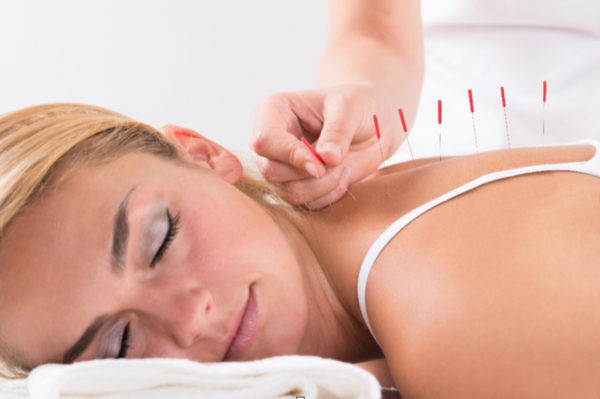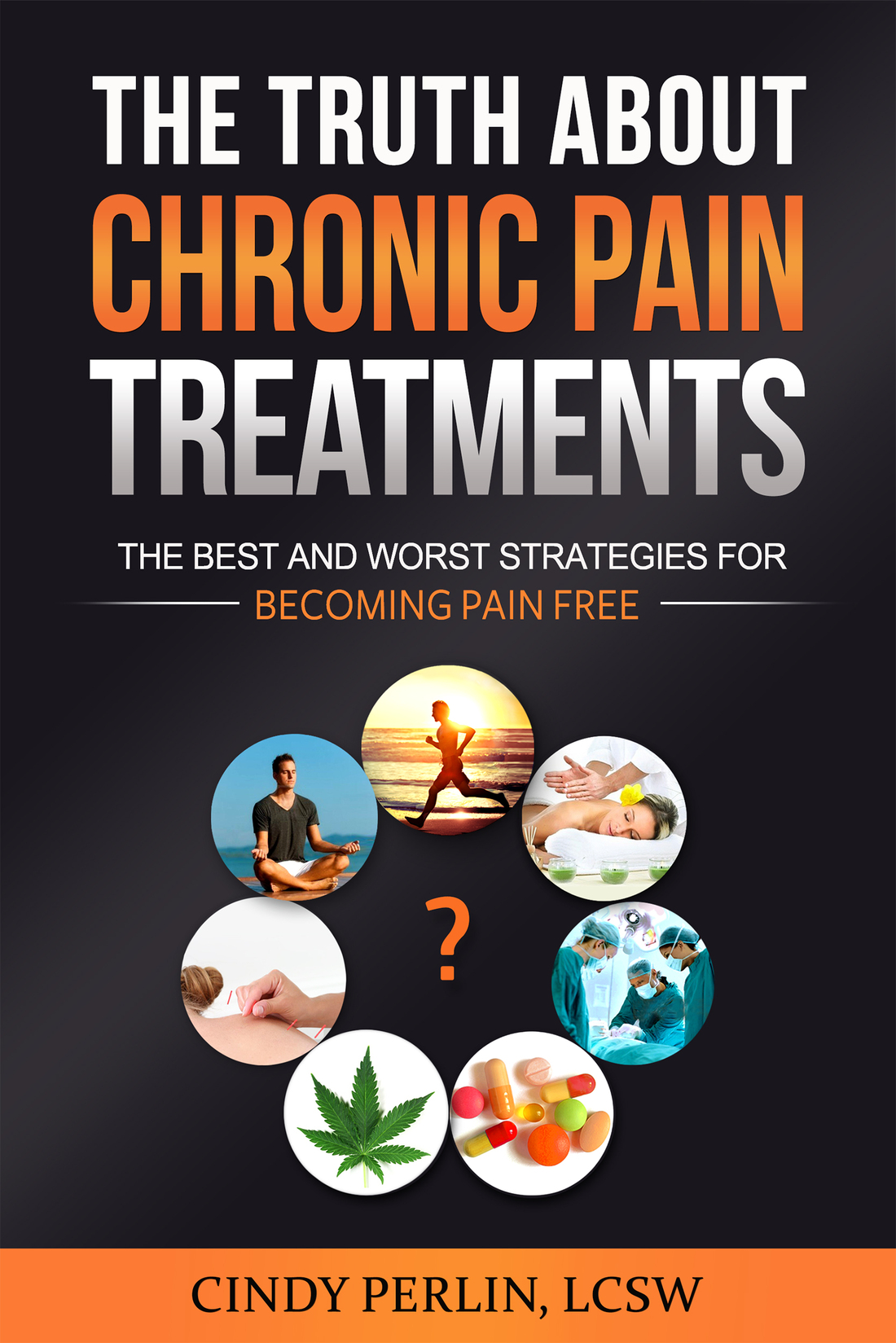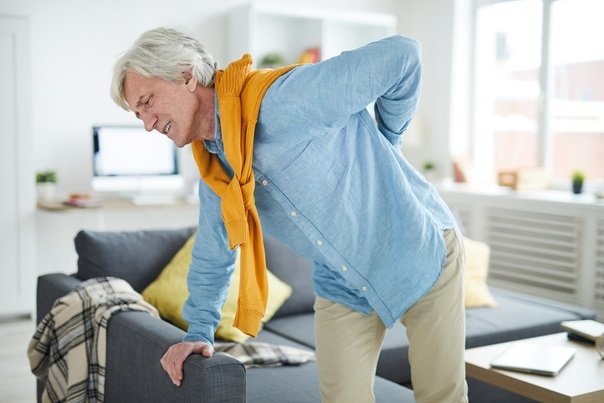
Definition and History of Acupuncture
The use of acupuncture for chronic pain has a very long history. Acupuncture is a therapy that has been developed and refined over thousands of years and is part of traditional Chinese medicine (TCM). Acupuncture involves inserting thin needles into specific points on the body in order to positively affect a patient’s health.Treatment is focused on the individual, not the diagnosis, and the goal is to treat the root cause of the problem and the reasons why the individual cannot heal.
Traditional Chinese Medicine is based on the principle that the universe is balanced between two opposing forces, yin and yang. Yin is soft, dark, cold, lower, passive, nourishing, and still. Yang, its opposite, is hard, bright, hot, upper, dominant, consuming, and active. The interaction of these two forces is believed to create qi (pronounced “chee”), the vital energy that is life itself. Qi flows through the body along energy pathways known as meridians. The meridians are believed to be related to different organs. Along each meridian are many points that are stimulated through the insertion and manipulation of the acupuncture needles to regulate the flow of qi. There are 361 acupuncture points in classic Chinese medicine. Over time, many different styles of acupuncture have been developed, with more than 2,000 acupoints currently identified.
Traditionally, needles are manipulated by pecking, twirling, and flicking until the patient feels sensations of soreness, heaviness and/or tingling. More recently developed applications of acupuncture include electro-acupuncture (stimulating the inserted needles with small electric currents) and laser acupuncture (stimulating the acupoints with light). Points are also traditionally stimulated with moxibustion (burning a small amount of an herb) and cupping (using a special glass cup to create a vacuum in order to move stagnant blood and qi).
Acupuncture in the United States
Many Americans first heard about acupuncture in 1971 when Henry Kissinger, President Nixon’s secretary of state, visited China after the resumption of diplomatic relations between the two countries. James Reston, a journalist working for the New York Times who accompanied Kissinger, experienced acute appendicitis while in China, necessitating emergency surgery. During his recovery, he was treated with acupuncture for pain and wrote about his experience for the newspaper.
Even before Reston raised awareness about acupuncture in the United States, Chinese immigrants trained in acupuncture were quietly practicing it, even though the practice was illegal here. Miriam Lee, who trained as a nurse–midwife and acupuncturist before coming to the United States in 1966, worked on an assembly line in California while giving acupuncture treatments out of her home and later at a supportive doctor’s office. In 1974, Lee joined the unfortunately large ranks of immigrants arrested for practicing medicine without a license. Her patients packed the courtroom at her trial and demanded their right to the only medical treatment that had helped them. A few days later, then-California Governor Ronald Reagan legally authorized acupuncture as an experimental procedure that could be practiced under the supervision of a licensed physician for research purposes. One year later, California became the first state in the United States to legalize acupuncture. Today, 46 states regulate the legal practice of acupuncture. The exceptions are Alabama, Kansas, North Dakota, South Dakota, Oklahoma, and Wyoming.
In 2007, it was estimated that 3 million American adults used acupuncture each year. The most common reason for visiting an acupuncturist was for treatment of chronic pain. Most patients self-refer for acupuncture instead of receiving physician referrals.
Most acupuncturists in the United States are not physicians but have three or four years of acupuncture training, which results in a master’s degree. Most states also require that nonphysician acupuncturists pass a national exam administered by the National Commission for the Certification of Acupuncture and Oriental Medicine. Training courses for physicians wishing to practice acupuncture are available and consist of 200 to 300 hours of training. Most acupuncturists also engage in postgraduate training.
Research on Acupuncture for Chronic Pain
Acupuncture has been the subject of significant research, including research into its underlying mechanisms and its effect on clinical conditions, including pain. Studies have shown that acupuncture affects the supply of neurochemicals, including levels of endorphins, cortisol, serotonin, and dopamine. Other studies have shown changes in levels of brain activity with needling of acupuncture points.
There is currently not enough data to determine the number of needles, length of treatment session, frequency of treatment, or total number of sessions required for effective treatment. Depending on the condition, experienced acupuncturists recommend 1 to 3 treatments a week of 20-to-30-minute sessions, using a minimum of 6 to 11 needles each time for 6 to 10 treatments for a positive result. Studies of acupuncture have used anywhere from 2 to 20 needles per session of 4 to 30 minutes, with frequency ranging from biweekly to three times per week and total number of treatments ranging from 1 to 40 sessions.
As with other forms of alternative medicine, such as nutrition and biofeedback, there are many studies of acupuncture that include inadequate numbers of treatment sessions or treatment sessions that are too short or inadequately trained providers. These studies seem designed to discredit the treatment rather than to shed light on whether it actually works. Fortunately, there has been an increase in recent years of well-designed studies of acupuncture treatment. These studies show that acupuncture is an effective treatment for chronic pain and many other conditions.
One review of available evidence of the effectiveness of acupuncture for chronic pain looked at eight meta-analyses that were published between 2003 and 2008. The researchers concluded that there is consistent evidence that acupuncture for knee osteoarthritis and headache is more effective than placebo (sham acupuncture) for both short-term and long-term pain relief. For chronic back pain, they found that acupuncture is more effective than placebo for short-term relief. But studies were inconsistent regarding long-term effectiveness.
In a 2012 study that included individual patient data from 29 controlled studies with a total of 17,922 patients, researchers concluded that acupuncture is an effective treatment for chronic back and neck pain, osteoarthritis, and chronic headaches.
A 2007 German study of 1,162 patients compared acupuncture, sham acupuncture (superficial needling at nonacupuncture points), and conventional therapy (a combination of drugs, physical therapy, and exercise) for effectiveness against low-back pain. The study concluded that both acupuncture and sham acupuncture were almost twice as effective as conventional treatment for chronic back pain. The improvements lasted at least six months.
Acupuncture modestly improved pain and stiffness in fibromyalgia sufferers in a 2013 Cochrane review. Sham acupuncture seemed to reduce pain and fatigue and improve sleep and overall well-being as well as real acupuncture. The review also found that electroacupuncture was better than the manual variety for reducing pain, stiffness, and fatigue and for improving sleep and global well-being in fibromyalgia sufferers. Acupuncture also seemed to enhance the effects of medication and exercise in reducing fibromyalgia symptoms. Improvements lasted at least 1 month but were not generally still present at 6 months. The review also concluded that acupuncture appeared to be a safe treatment for fibromyalgia.
The World Health Organization (WHO) states that acupuncture is safe if it is properly performed by a well-trained practitioner. WHO reported that acupuncture is nontoxic and that adverse reactions are minimal. Effects on pain were found to be comparable to morphine without the side effects and risks.
Check our directory listings for acupuncture providers HERE
For a comprehensive overview of alternative treatments for chronic pain, read:













Comments